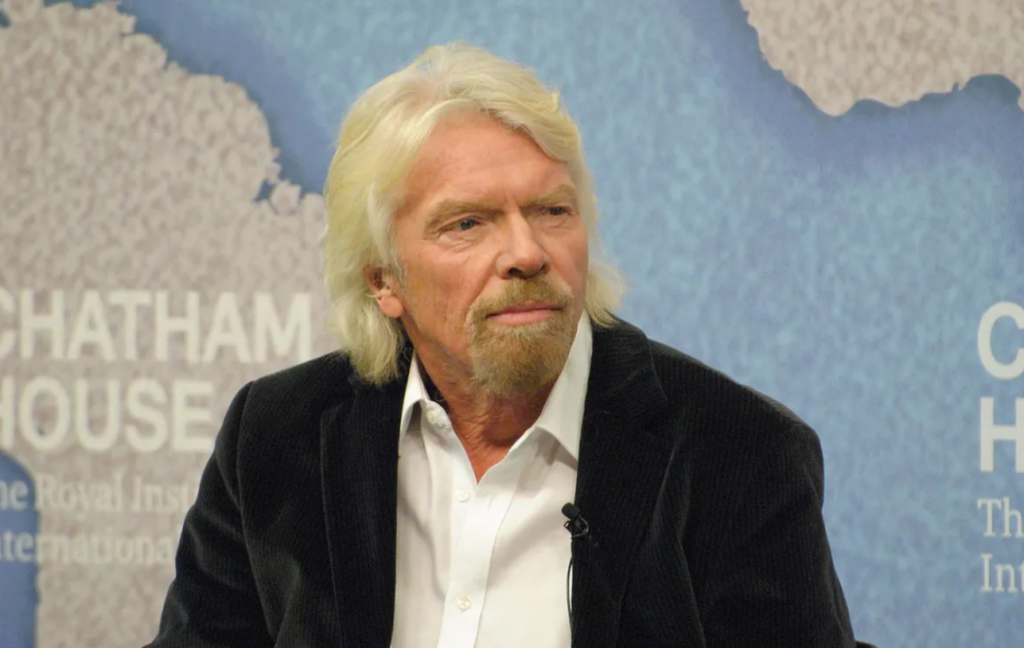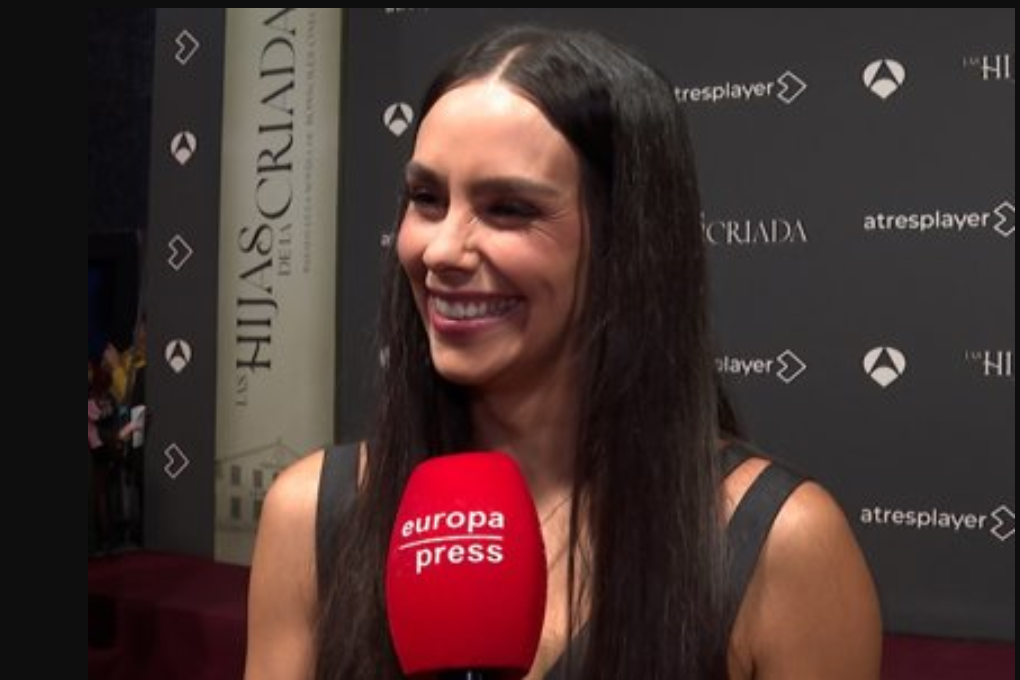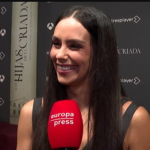Now Reading: How to Choose the Right Podcast Format for Your Audience
-
01
How to Choose the Right Podcast Format for Your Audience
How to Choose the Right Podcast Format for Your Audience

Choosing the right podcast format is one of the most important decisions a creator makes before pressing record. The structure of a show shapes not only how content is delivered but also how listeners experience and connect with it. Before picking a format, it’s crucial to understand who your audience is and what they want from their listening time. Are they seeking in-depth analysis, entertaining banter, or quick insights during their commute? These preferences can determine whether a solo show, an interview series, or a roundtable discussion is the best fit. Each format carries its own rhythm and energy. A solo podcast allows for strong personal branding and authorial control, ideal for hosts with expertise or storytelling flair. Interview formats, on the other hand, bring in diverse voices and can help expand your network while keeping content dynamic and fresh. For those who thrive on spontaneous conversation, a co-hosted style can offer chemistry and warmth that audiences find relatable. Some creators even experiment with narrative or documentary-style episodes, blending sound design and scripting to immerse listeners more deeply. Ultimately, the right format emerges from a balance of purpose, personality, and practicality. A well-chosen format doesn’t just showcase your ideas—it serves the listener’s needs while making production sustainable for you. Test a few approaches, gather feedback, and stay flexible. Over time, your format will evolve naturally, reflecting both your growth as a creator and the changing interests of your audience.
Choosing the right podcast format is one of the most defining decisions a creator will make, setting the tone not only for how information is shared but also for how listeners connect with the show. In today’s crowded audio landscape, format is more than a structural choice—it’s a strategic decision that bridges intent, content, and delivery. When done thoughtfully, your format becomes an extension of your brand identity and a key factor in how well you nurture audience engagement, trust, and retention over time.
The core of successful podcasting lies in understanding why your audience listens. Every listener approaches a podcast with a goal—whether it’s to learn, be entertained, feel inspired, or find community. Recognizing this intent helps determine how deep your content should go, what pacing makes sense, and which presentation style will hold attention. For example, an audience of busy professionals may prefer concise, information-rich episodes with clear takeaways, while creative or lifestyle listeners might enjoy longer, conversational storytelling with emotional nuance and atmosphere.
Content depth is another major variable. Educational or data-driven shows thrive on structured, expertly organized formats that balance authority with clarity. On the other hand, entertainment-driven podcasts often rely on fluidity, banter, and chemistry among hosts to create a sense of authenticity. Your format becomes the guide that shapes how much analysis, spontaneity, or humor feels appropriate for the people you’re speaking to.
Equally crucial is delivery style—whether your show benefits from a tightly scripted approach or feels more natural through improvisation. This affects pacing, tone, and production decisions such as music, editing, and transitions. A business or entrepreneurship podcast may need a polished, professional cadence, whereas a storytelling or pop culture show could benefit from raw, conversational energy that mirrors typical listener patterns.
Ultimately, the format must resonate with both your audience expectations and your brand purpose. A mismatch can create confusion and decrease long-term loyalty. For instance, if your brand promises deep insights but your episodes feel chaotic or overly casual, listeners may question your credibility. Likewise, if your tone is overly formal for an audience seeking relatability, even valuable content may fail to make a lasting impact.
In essence, your podcast’s structure acts as an experiential contract— listeners show up expecting a certain rhythm, tone, and value. When your format stays consistent while leaving room for evolution, it builds familiarity and trust. Over time, that connection transforms occasional listeners into loyal fans who associate your show with reliability, quality, and emotional resonance.
Identifying the right podcast format begins with comprehensive analysis: who your audience is, what they prefer, and how they interact with your content. Before setting microphones or drafting scripts, it’s vital to understand listening behaviors—average attention spans, episode completion rates, and the types of stories that prompt shares or community discussions. This data-driven awareness helps align format decisions with audience psychology rather than assumptions.
From there, consider your episode objectives. Is your goal to inform, inspire, entertain, or provoke thought? Are you showcasing diverse perspectives or emphasizing your own expertise? Defining outcomes allows you to choose a structure that suits both your voice and your listeners’ desires. The most sustainable formats emerge at the intersection of authenticity, strategic flow, and audience expectation.
Let’s break down some of the most effective podcast formats and when each may serve your message best:
1. Narrative or Storytelling Format
Narrative podcasts weave stories through detailed scripting, immersive sound design, and carefully edited pacing. This format excels for creators aiming to evoke emotion, share in-depth case studies, or explore real-world issues. It demands more production effort but rewards you with deep listener immersion and emotional engagement. It suits documentary-style shows, personal journeys, and brand storytelling series where continuity and atmosphere matter.
2. Interview-Based Format
Possibly the most popular model, interview podcasts focus on conversations between a host and one or more guests. The key to success lies in strong rapport and insightful questioning that extracts fresh perspectives rather than surface-level dialogue. This structure thrives when the audience values expert insights, personal stories, or networking-driven connections. Consistency in guest quality and a strong host personality are essential for maintaining credibility.
3. Roundtable or Panel Discussion Format
Roundtable podcasts bring multiple voices together to debate ideas, analyze trends, or discuss current events. They’re ideal when your goal is to showcase diversity of thought and build a community-like atmosphere. This approach mirrors natural dialogue, encouraging spontaneity and dynamic energy. However, without clear moderation, conversations can drift—so structure and topic boundaries remain crucial for coherence.
4. Solo Monologue or Commentary Format
A solo format gives the host full control of narrative pace, perspective, and tone. It’s well-suited for thought leaders, educators, and personal development creators who want to build a direct, intimate relationship with listeners. The biggest challenge here is sustaining engagement without dialogue, which means your delivery must be confident, well-paced, and supported by strong storytelling or clear takeaways.
5. Hybrid Format
Hybrid podcasts blend elements of multiple styles—perhaps combining monologues with interviews, or alternating between narrative storytelling and panel discussions. This approach provides flexibility and keeps content fresh. It’s effective for creators serving wide audiences or tackling complex themes requiring different modes of expression. However, maintaining consistency in tone and purpose remains crucial so listeners know what to expect even when structure shifts.
Integrating Audience Data With Creative Intuition
The most successful podcast formats result from balancing analytical insight with creative instinct. Start by testing shorter pilot episodes in different formats and gathering feedback. Track metrics like average listen duration, social engagement, and qualitative listener comments. Use that data to refine your structure, pacing, and tone. Over time, your audience will reveal what resonates most.
However, metrics alone shouldn’t dictate creative choices. Podcasting remains an intimate medium where personality, authenticity, and storytelling craft often outweigh strict analytics. Listeners want connection—formats merely provide the framework that helps you deliver it effectively.
Format as a Living Framework for Growth
Choosing the right podcast format isn’t a one-time decision—it’s an evolving process. As your audience grows and your content matures, your structure should adapt to maintain relevance without sacrificing identity. Whether you lean toward in-depth interviews or vivid narrative storytelling, your chosen format should serve as both a foundation and a flexible tool.
When the structure aligns seamlessly with listener intent, content depth, and brand tone, your podcast transforms from simple audio into an ongoing relationship—one grounded in trust, understanding, and genuine engagement. That alignment is what turns a casual download into a devoted listener and ultimately shapes your podcast’s long-term success.

















